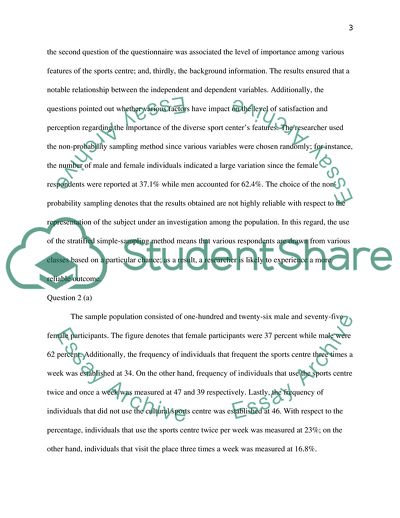Cite this document
(The Statistical Analysis Assignment Example | Topics and Well Written Essays - 3000 words, n.d.)
The Statistical Analysis Assignment Example | Topics and Well Written Essays - 3000 words. https://studentshare.org/statistics/1836650-assignment-2-quantitative-report-in-spss
The Statistical Analysis Assignment Example | Topics and Well Written Essays - 3000 words. https://studentshare.org/statistics/1836650-assignment-2-quantitative-report-in-spss
(The Statistical Analysis Assignment Example | Topics and Well Written Essays - 3000 Words)
The Statistical Analysis Assignment Example | Topics and Well Written Essays - 3000 Words. https://studentshare.org/statistics/1836650-assignment-2-quantitative-report-in-spss.
The Statistical Analysis Assignment Example | Topics and Well Written Essays - 3000 Words. https://studentshare.org/statistics/1836650-assignment-2-quantitative-report-in-spss.
“The Statistical Analysis Assignment Example | Topics and Well Written Essays - 3000 Words”. https://studentshare.org/statistics/1836650-assignment-2-quantitative-report-in-spss.


